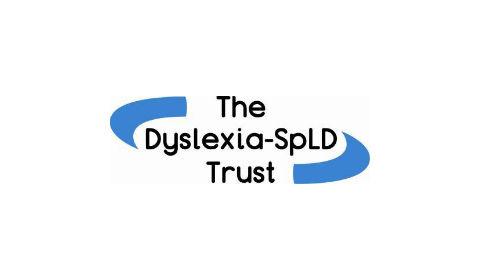Cognition and Learning
Within the code of practice, cognition and learning is defined as follows:
Paragraph 6.30
‘Support for learning difficulties may be required when children and young people learn at a slower pace than their peers, even with appropriate differentiation. Learning difficulties cover a wide range of needs, including moderate learning difficulties (MLD), severe learning difficulties (SLD),where children are likely to need support in all areas of the curriculum and associated difficulties with mobility and communication, through to profound and multiple learning difficulties (PMLD), where children are likely to have severe and complex learning difficulties as well as a physical disability or sensory impairment.’
Paragraph 6.31
‘Specific learning difficulties (SpLD) affect one or more specific aspects of learning. This encompasses a range of conditions such as dyslexia, dyscalculia and dyspraxia.’

Cognition and learning needs may encompass most of the curriculum, such as for pupils with MLD or SLD. However, cognition and learning needs may only impact on specific areas such as reading, writing, spelling and mental calculations. Cognition and learning needs generally account for difficulties in curriculum-related areas such as:
- reading, writing and spelling
- numerosity
- comprehension
- processing difficulties such as sequencing, inference, coherence and elaboration
- working memory
- short term verbal memory
- other types of executive function difficulties
Universal
‘Inclusive education and high-quality teaching for all children in the classroom’
The Dyslexia-SPLD Trust has a wide range of resources, including a free Professional Development Framework to help a SENCO support staff knowledge and training. The Dyslexia-SpLD and Literacy Professional Development Framework offers an evidence-based framework to support professional knowledge development:
http://framework.thedyslexia-spldtrust.org.uk/
The Dyslexia-SpLD Trust also has a useful online guide to help implement the Code of Practice. This is also available as a free download:

Dyslexia-SPLD Trust
Education Endowment Foundation has a Teaching and Learning Toolkit which summarises research to help schools make decisions about teaching practice to help close the attainment gap between children.

Education Endowment Foundation
Targeted
‘Specific, extra, time-limited support in-school for children with additional needs’
Dyslexia-SpLD Trust specific resources for Targeted interventions:
Greg Brooks' compilation ‘What works – effective strategies for literacy intervention sixth-edition' was commissioned by the Dyslexia-SpLD Trust and is available on the Dyslexia-SpLD Trust website. Edited by Gary Lavan (The School Psychology Service Ltd) and Joel Talcott (Aston University).

Dyslexia-SPLD Trust
‘Interventions for Literacy’ hosts a searchable database for ‘What Works’ in respect of literacy interventions.

Interventions for Literacy
Specialist
‘Services offered by external professionals such as occupational therapists, speech and language therapists or health professionals on or off the school site.’
Council for Disabled Children (CDC) have produced resources to help practitioners write good quality EHC plans that meet both the letter and the spirit of the Children and Families Act 2014:
- Education, Health and Care plans: examples of good practice
- Education, Health and Care plans: examples of good practice from year 9 and beyond
As part of the Making Participation Work programme, CDC have produced a series of downloadable factsheets.
The EHC outcomes pyramid has been developed by CDC as a tool to help professionals and parents identify outcomes for children and young people with special educational needs.
This decision-making toolkit is a practical guide to support social workers, health practitioners, school and college staff, parent carers, families and anyone working directly with children and young people with special educational needs and disabilities (SEND).
It is designed to be used in partnership with young people to support them to make their own decisions and to participate as fully as possible in decisions made on their behalf.
![Council for Disabled Children logo [white background with blue text that reads 'council for disabled children']](https://asset.nasen.org.uk/styles/690_auto/public/media/2021-01/CDC%20r%20.jpg?itok=H8sBF6-d)
Council for Disabled Children (CDC)
Scope has information on planning for transition to adult care. By law, the local authority must find out whether a carer wishes or intends to provide care when the young person is over 18. Providing care for someone over 18 is a choice. It is not compulsory.
A local authority must do a needs assessment of a disabled child if they are likely to have care and support needs after 18. If the local authority refuses, they must explain why in writing.
If the young person has an Education Health and Care Plan (EHCP), this takes the lead in transition planning. The EHCP ends when the young person moves to adult care and support. But there should be no gaps in services during this transition.












![Specialist spotlight sessions web advertising banner [banner reads "Specialist Spotlight. Free online discussions. Book Now"]](https://asset.nasen.org.uk/styles/690_auto/public/media/2023-09/Specialist%20spotlight%20web%20advertising%20banner_0.png?itok=WZgUdjWs)

